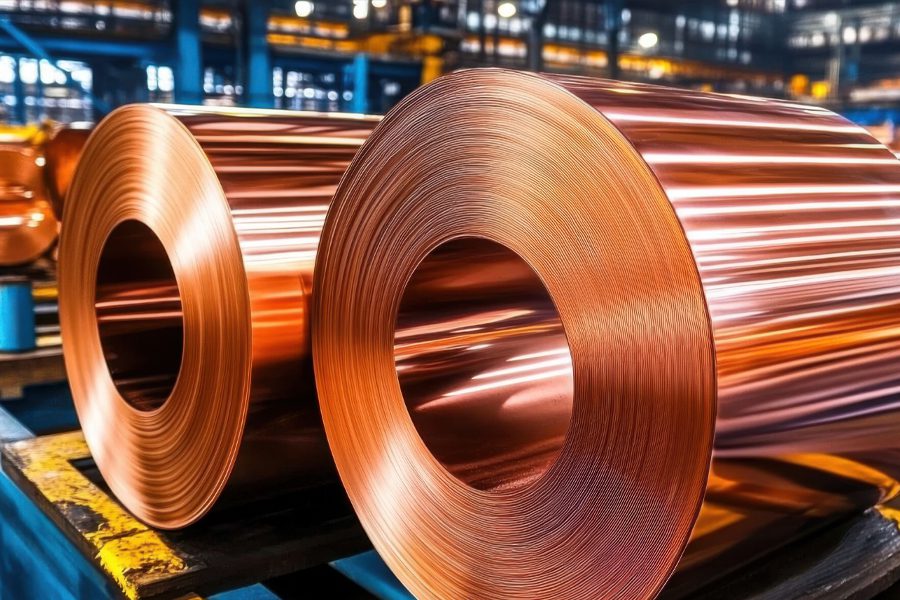
Shocking Costs: How Copper Tariffs Impact the U.S. Electrical Industry
Tariffs on copper imports can significantly affect the electrical industry in the United States, affecting key sectors such as wire and cable, switchgear, transformers, and industrial manufacturing. Copper’s critical role in electrical conductivity and infrastructure means that any fluctuation in price due to tariffs can reverberate throughout the supply chain, leading to increased costs, supply constraints, and potential shifts in market dynamics.
One of the most immediate effects of tariffs on copper is the rising cost of wire and cable. Copper wiring is essential for residential, commercial, and industrial electrical installations, making it a fundamental component of the electrical industry. Domestic manufacturers will pass these costs on to consumers if tariffs increase imported copper costs. This will result in higher prices for electrical contractors, utilities, and construction firms, potentially delaying projects or forcing companies to seek alternative materials, though viable substitutes for copper remain limited.
Switchgear, a crucial component in electrical distribution systems, also faces challenges under a tariff-imposed price hike. Many switchgear manufacturers rely on copper for busbars, circuit breakers, and other conductive elements. An increase in raw material costs would lead to more expensive switchgear products, affecting industries that depend on electrical distribution equipment, such as commercial buildings, data centers, and industrial facilities. Utilities may experience budgetary constraints when investing in infrastructure improvements, slowing down modernization efforts and impacting grid reliability.
Transformers, another vital part of the electrical ecosystem, could also see cost escalations. Due to their efficiency and conductivity, copper windings are the preferred choice in transformers. If copper tariffs drive prices upward, transformer manufacturers may either absorb costs, reduce profitability, or increase prices, which could impact utilities, renewable energy projects, and industrial applications. Given the current push for electrification and grid resilience, any cost increase in transformer production could hinder progress toward these objectives.
Industrial manufacturing, which heavily relies on copper for motors, generators, and electrical equipment, would feel the downstream effects of tariffs as well. Higher material costs can shrink profit margins and make domestic manufacturers less competitive globally. This could lead to reduced investments in new projects, potential job losses, and a slowdown in production efficiency. Companies that depend on imported copper products may explore alternative supply chains, potentially increasing lead times and disrupting production schedules.
Beyond direct costs, tariffs on copper imports may incentivize domestic mining and refining, but this is not a short-term solution. Expanding copper mining and processing in the U.S. requires significant investment, regulatory approvals, and time. While some domestic production could ramp up to mitigate supply constraints, it is unlikely to offset immediate price increases caused by tariffs.
Overall, tariffs on copper imports pose a substantial risk to the electrical industry in the U.S. by increasing material costs and creating market uncertainty. Wire and cable, switchgear, transformers, and industrial manufacturing sectors will likely see price hikes that could affect infrastructure investments, project feasibility, and overall economic competitiveness. Policymakers and industry leaders must carefully weigh these impacts when considering tariff strategies, ensuring that trade policies support rather than hinder the nation’s electrical and industrial growth.
